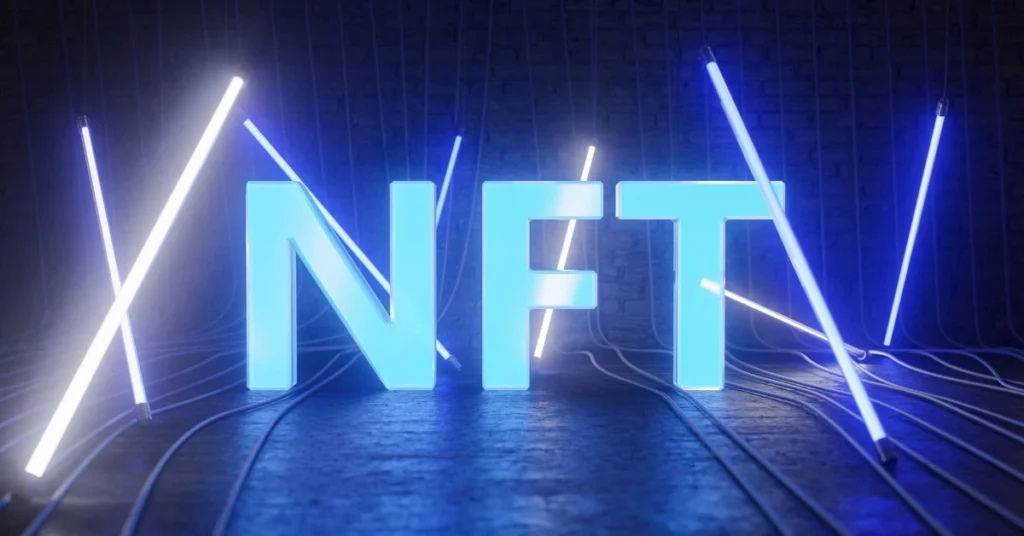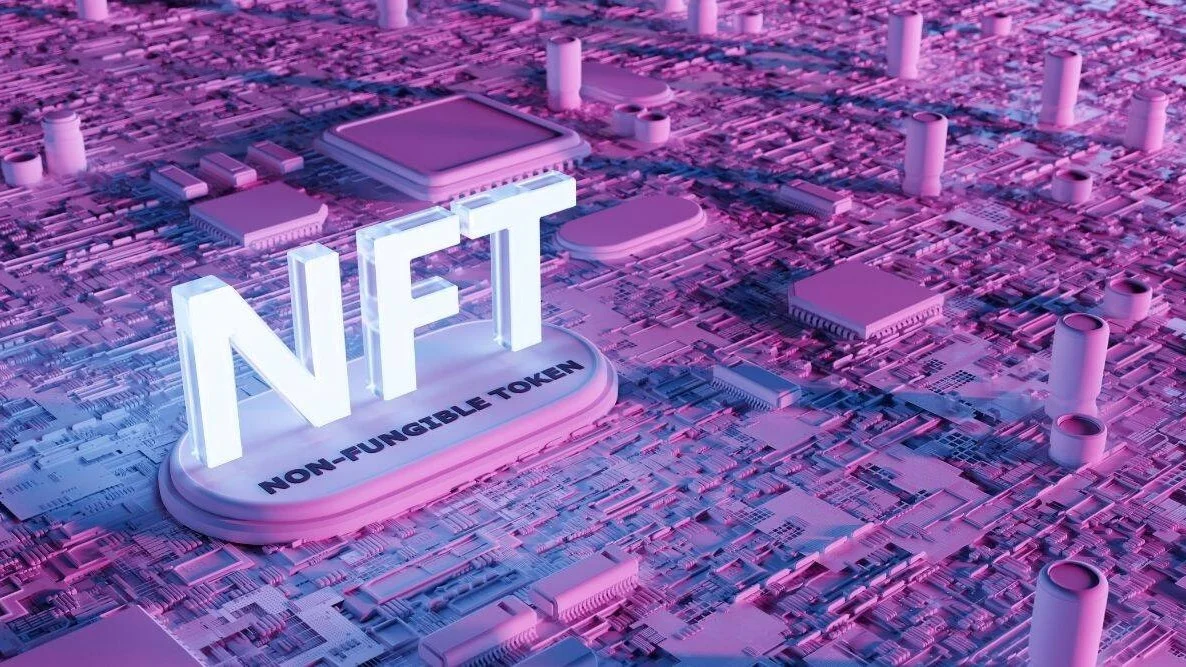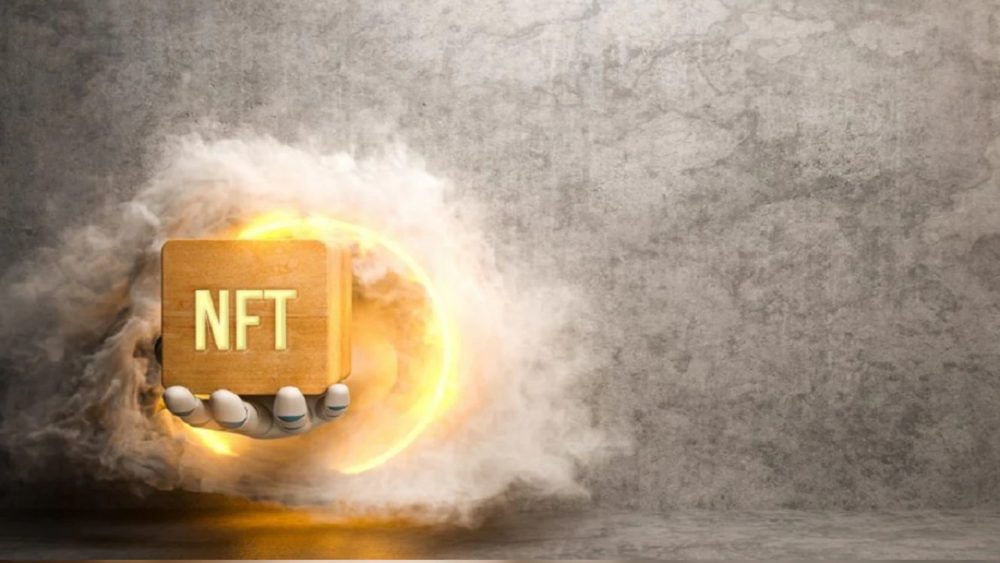This is the third part of our 101 series of NFT coins. Crypto expert Shuab Akhtar looks at when NFTs became popular and whether the NFT market will recover.
The collapse in the crypto market also hit NFT coins
FTX contamination and other macroeconomic factors have severely impacted the NFT market. With the price of many tokens falling, many are wondering if NFTs have lasting power or are just a passing fad. cryptocoin.com As you follow, the icy crypto bear market is only getting colder. And the cascading effects of the FTX contamination are wreaking havoc in the crypto industry. NFTs and the NFT market have also been affected and have lost significant momentum since earlier this year.
Crypto market workers and NFT creators are still hoping for a positive return despite the current negative sentiment in the market. Sales drastically weakened. According to DappRadar and Dune, secondary market sales in November fell to about $568 million from $5.36 billion in January. But last week’s panic selling and price drops may indicate that many collections are bottoming out.

Will NFT coins recover?
It may take several years to rebuild from such a far-reaching disaster. But the industry will bounce back. The technology is new and currently in its experimental stage. Most of the Web 2.0 brands haven’t joined the bandwagon yet. Nor has it explored NFT use cases that have the potential to benefit their business.
Many businesses still see NFTs as playing a role in more prominent trends in consumer marketing. Also, Big Companies are just starting to see the possibilities of NFTs, Blockchain and smart contracts. It’s reasonable to assume that even more well-known companies and celebrities will join the fun. The rapid transition of society to the digital economy increases the success rate of NFTs in the global investment market. Now, Web 3.0, metaverse and artificial intelligence are terms that have settled into our daily lives.
Thanks @dt_chain for the good deal⚓️#NewNFTProfilePic NFT by @BoredApeYC pic.twitter.com/CgIy73fBx5
— Keungz ❤️ Memeland 🏴☠️ YGPZ 🧘♀️ (@keung) November 23, 2022
Also, the 0% copyright policy adopted by NFT marketplaces has made it more profitable to translate NFT. In this way, each spin brings new profits. This causes a price increase. Some ‘blue-chip’ Ethereum NFTs continue to fetch high prices, as evidenced by the sale of two Bored Apes for around $1 million each. Meanwhile, a Cryptopunk #8,191 was sold for $438k in the bearish market. NFT exploded and bounced. However, this technology will still play a devastating role in shaping our future. In addition, the number of investors and sales volume in this field will expand.
When did NFTs start?
The idea that led to NFTs arose long before Ethereum existed, when Semen Rosenfield published an article in 2012 outlining his proposal for ‘Colored Cryptocurrencies’ for the Bitcoin network. The purpose of colored cryptocurrencies was to define a class of techniques for recording and maintaining tangible assets to verify ownership on the Blockchain. They are the same as traditional Bitcoins. However, they contain an additional ‘token’ element that specifies their use, making them unique and unique. The Colored Coins concept never materialized due to the restrictions of Bitcoin. However, it served as the starting point for experiments that eventually led to the development of NFTs.
 Quantum, Kevin McCoy, Sotherby’s
Quantum, Kevin McCoy, Sotherby’sThen, digital artist Kevin McCoy created the first known NFT ‘Quantum’ on the Namecoin Blockchain on May 3, 2014. The ‘Quantum’ digital image resembled an octagon hypnotically vibrating and changing colour. A tremendous amount of research and development has subsequently been done on NFTs. Many platforms have been created on top of the Bitcoin network. Thus began the early period of Ethereum Blockchain’s dominance over NFTs.
The Counterparty platform (Bitcoin 2.0) was created and gained popularity as a platform that allows the creation of digital assets. Spells of Genesis followed Counterparty’s lead closely. It also started out as a pioneer in the release of in-game assets. Then, the introduction of several Rare Pepes NFTs on the Counterparty platform marked the arrival of the meme age in 2016. The Bitcoin Blockchain was never intended to be used as a database for tokens representing ownership of assets. Thus, NFT developments shifted to the Ethereum Blockchain.
When did NFT coins become popular?
The massive shift of NFTs to Ethereum was supported by the emergence of a set of token standards that allowed developers to create tokens. Following the success of Rare Pepes, two software developers John Watkinson and Matt Hall created their own prolific NFT series on the Ethereum Blockchain under the name CryptoPunks. This collection later became very popular and witnessed billions in lifetime sales.

Later, Vancouver-based venture studio Axiom Zen introduced CryptoKitties, a blockchain game. It became a viral sensation. It has become so popular that CryptoKitties has clogged the Ethereum Blockchain. Following the tremendous success of CryptoKitties, NFT games began to rise as NFTs garnered more attention from the general public.
His focus was on NFT games and metaverse ventures. And Decentraland (MANA), a decentralized VR platform, was the first to make waves in this space. It was one of the few vital projects that defined the Metaverse. Then came Axie Infinity, a revolutionary game that changed the blockchain industry forever. It was so lucrative that many players even quit their day jobs. The economic opportunities of the Pokémon-style game have attracted users worldwide. 2021 has been the year of NFT as demand and supply for NFTs exploded.
So one of the biggest triggers for this increase was the profound shifts in the art market and the entire industry, with the famous auction houses Christie and Sotheby’s starting to sell NFTs. This resulted in Beeple’s Everydays: the First 5000 Days NFT sold by Christie for a record $69 million. A massive transaction from such a prestigious auction house served as an important NFT market validation.
After holding for 5 months, @Gee__Gazza sold BAYC 9055 to @Eminem for 123.45 ETH ($462,150) netting a $450,160 profit pic.twitter.com/Fgd8QrX1cL
— Flips (@flipsfinance) December 31, 2021
Celebrities like Eminem and Snoop Dogg have helped increase the visibility of NFTs through PFP NFTs like BYAC or CryptoPunks. It has become so popular that Twitter has allowed its users to use their NFTs as profile pictures. Many global companies, including McDonald’s, Burger King, Ray-Ban, Coca-Cola, Louis Vuitton, Samsung, Pepsi and Adidas, did not hesitate to enter the NFT field.
Is it possible to steal NFTs?
Human error is the most typical method when it comes to stolen NFTs. Stealing NFTs is difficult unless a hacker has access to your wallet. Unfortunately, web3 criminals steal NFTs daily with various scams. It’s possible for hackers to obtain a user’s private keys in several different ways:
- Deception: Hackers can trick users into transferring their assets to them or sharing access to their digital wallets.
- Exploit: Hackers exploit the smart contract or platform instead of targeting the NFT owner.
- User Error: Hackers can steal a user’s NFT if they don’t get enough protection, such as off-line saving the private key or enabling 2FA.
How to report plagiarized #NFTs as stolen art? 🙄
Someone stole your #art and minted it as an #NFT. Here's what you can do about it: https://t.co/hVphejlSYg
We are also preparing our own article from Sketchar's lawyers with FAQ on #copyright in Art 👌#Sketchar
— Sketchar ▋ (@SKETCHARio) April 13, 2022
Tips for protecting NFTs:
- Never disclose your private key.
- Avoid keeping your private key on your computer or other electronic devices.
- If a deal looks too good to be true, it’s probably a scam.
- Never click on sites you do not trust.
- Turn on 2FA.
- Keep NFTs safe in a hardware wallet.
- Always do your own research.
Can NFT coins be copied?
Non Fungible Tokens are unique. Even if you try to duplicate one NFT, you will produce two different NFTs. Each of these NFTs has a separate attribute set. This is why NFTs are so valuable. However, it is possible to duplicate the work underlying an NFT. Most of the time, however, these works are protected by copyright laws. This makes them illegal to copy. Also, copying the underlying creation of an NFT does not give you access to the utility associated with ownership of an NFT.







